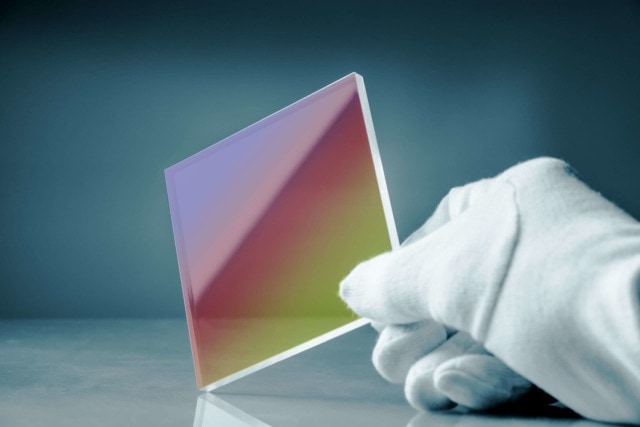
OPTICAL BEAM SPLITTERS
Optical components used to split incidental light at a designated ration into two distinct beams are known as beamsplitters. Beamsplitters can also be used to do the opposite. By reversing the orientation the beamsplitter will combine two separate beams back into a single one. There are two different styles of beamsplitter construction: plates and cubes.
Cube beamsplitters are a type of optical filter that is used to separate a broad spectrum of light into two components. These beamsplitters consist of a pair of precision right-angle prisms that are carefully cemented together to minimize wavefront distortion, creating a single compact component that is easy to integrate into optical systems.
The design of cube beamsplitters allows them to split light into two paths with minimal deviation, making them ideal for a variety of applications where high levels of precision are required. They are commonly used in optical systems for laser-based applications, such as interferometry and spectroscopy.
One of the key benefits of cube beamsplitters is their high degree of polarization purity. Because they are made from precision prisms that are carefully aligned and cemented together, they are able to maintain a high level of polarization purity even when subjected to high levels of stress or vibration.
Cube beamsplitters are also commonly used in imaging applications, where they can be used to split an image into two or more channels for simultaneous analysis. They are frequently used in microscopy and other imaging systems, where they can help to improve contrast and resolution.
Overall, cube beamsplitters are an essential component in many optical systems where precise control of light is necessary. Their compact size, high polarization purity, and low wavefront distortion make them an excellent choice for a variety of applications, from laser-based spectroscopy to advanced imaging systems.
Plate beamsplitters are a type of optical filter that are used to split a laser beam into two or more components, or to combine multiple laser beams into a single beam. At Coburn Myers, our standard plate beamsplitters are designed to provide general purpose laser beamsplitting and combining for visible through near-infrared applications.
These beamsplitters are made from a high-quality optical substrate that is coated with a thin layer of metal or dielectric material, which reflects a portion of the incoming light while allowing the rest to pass through. By carefully controlling the thickness and composition of the coating, we are able to create beamsplitters that are highly efficient and have excellent optical properties.
Our plate beamsplitters are suitable for a wide range of applications, from simple laboratory setups to complex optical systems. They are frequently used in spectroscopy, interferometry, and other laser-based applications, where they help to improve precision and accuracy.
One of the key benefits of our plate beamsplitters is their versatility. Because they are designed for general-purpose use, they can be used in a wide range of applications without requiring specialized knowledge or expertise. They are also available in a variety of sizes and configurations to meet the specific needs of your application.
Overall, plate beamsplitters are an essential component in many laser-based systems. At Coburn Myers, we are committed to providing high-quality, reliable beamsplitters that meet the needs of our customers. If you are looking for a reliable, versatile beamsplitter for your application, our standard plate beamsplitters are an excellent choice.
Dichroic beamsplitters are specialized optical filters that are designed to split a broad spectrum of light into two components: a reflected component and a transmitted component. These filters are capable of selectively reflecting certain wavelengths of light while allowing others to pass through, making them incredibly useful for a variety of applications.
One of the most common uses of dichroic beamsplitters is in laser beam combining or splitting. These filters are able to combine multiple laser beams of different wavelengths into a single beam or split a single beam into multiple beams, making them essential components in many laser-based systems.
Dichroic beamsplitters are also frequently used in optical systems where heat control is important. Because they can selectively reflect certain wavelengths of light, they can be used to prevent unwanted heat from being absorbed by sensitive optical components, helping to maintain the overall temperature of the system.
Another important use of dichroic beamsplitters is in fluorescence microscopy. These filters are able to separate fluorescent light from the excitation light used to stimulate it, allowing researchers to observe and study biological specimens with greater accuracy and clarity.
Overall, dichroic beamsplitters are incredibly versatile and valuable tools in a variety of optical applications. Whether you are working on a laser system, an optical microscope, or any other application where precise control of light is necessary, dichroic beamsplitters are an excellent choice.

 CUSTOM OPTICAL FILTERS
CUSTOM OPTICAL FILTERS
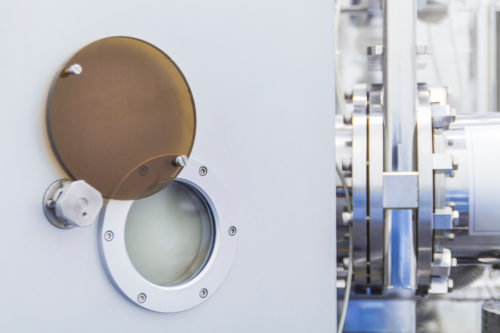 OPTICAL WINDOWS
OPTICAL WINDOWS
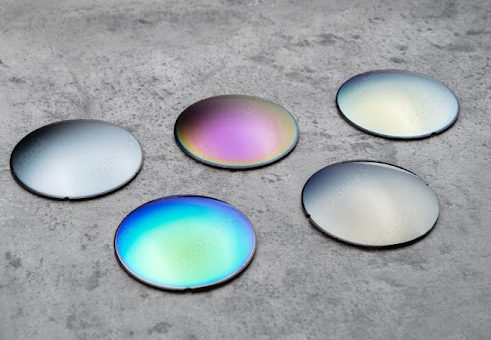 OPTICAL COATINGS
OPTICAL COATINGS
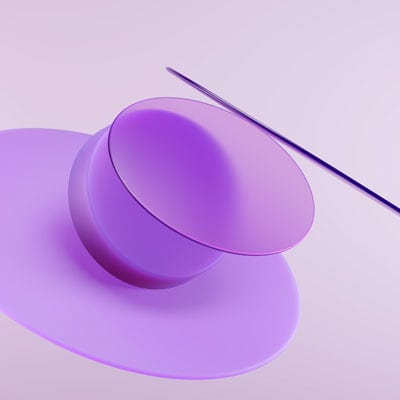 UV OPTICS
UV OPTICS
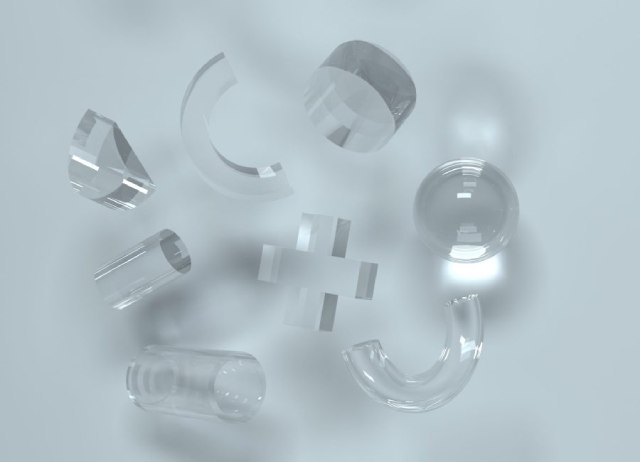 CYLINDRICAL OPTICS
CYLINDRICAL OPTICS
 CUSTOM TEMPERED OPTICS
CUSTOM TEMPERED OPTICS
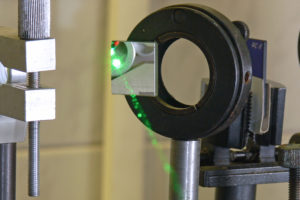 OPTICAL MIRRORS
OPTICAL MIRRORS
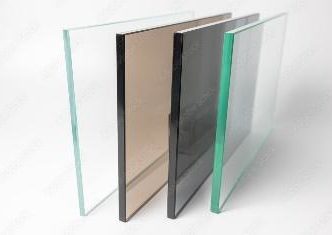 NEUTRAL DENSITY
NEUTRAL DENSITY
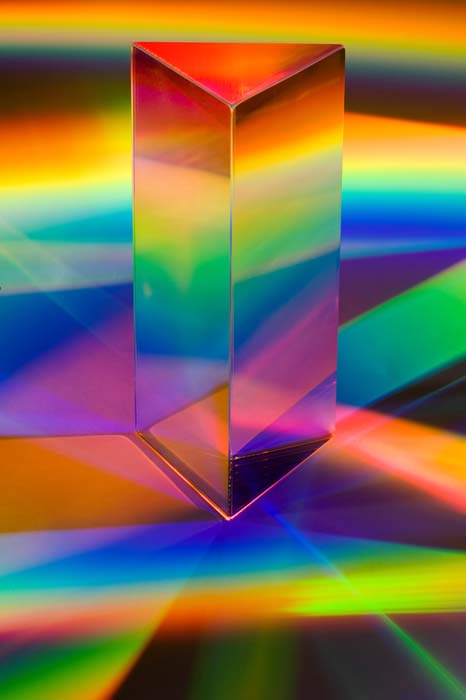 PRISMS & RETROREFLECTORS
PRISMS & RETROREFLECTORS
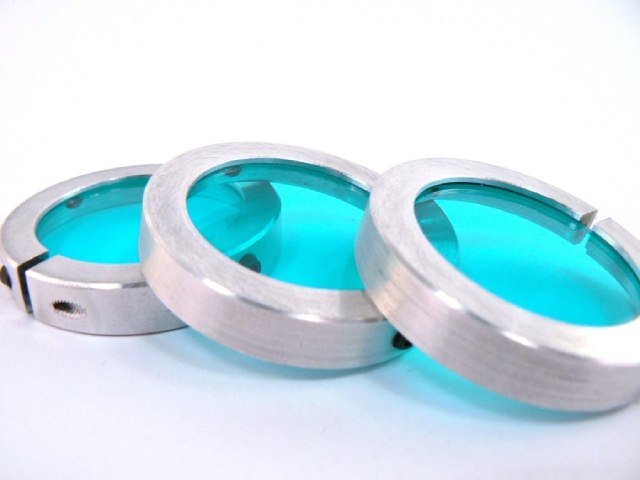 ASSEMBLIES
ASSEMBLIES
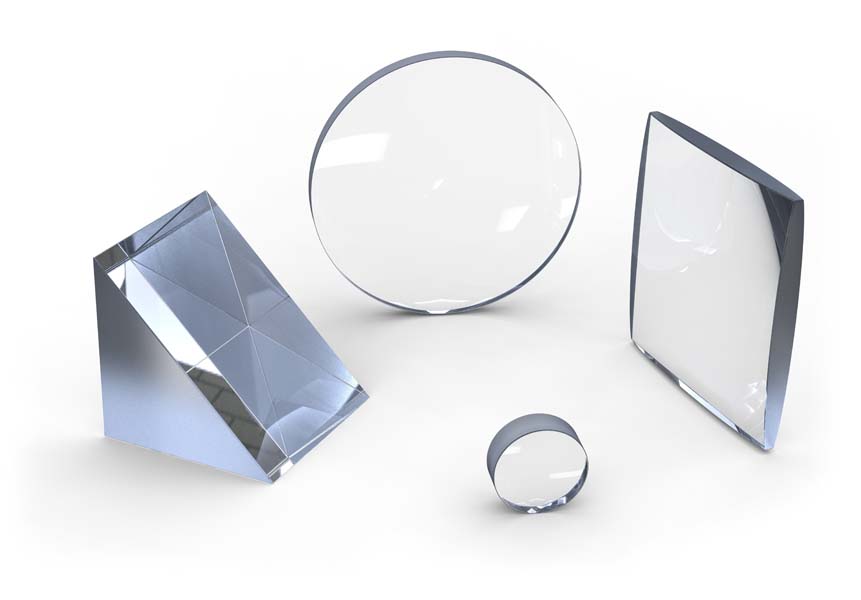 OPTICAL LENSES
OPTICAL LENSES
 NIGHT VISION FILTERS
NIGHT VISION FILTERS
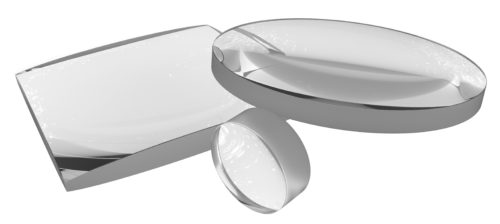 ACHROMATIC LENSES
ACHROMATIC LENSES